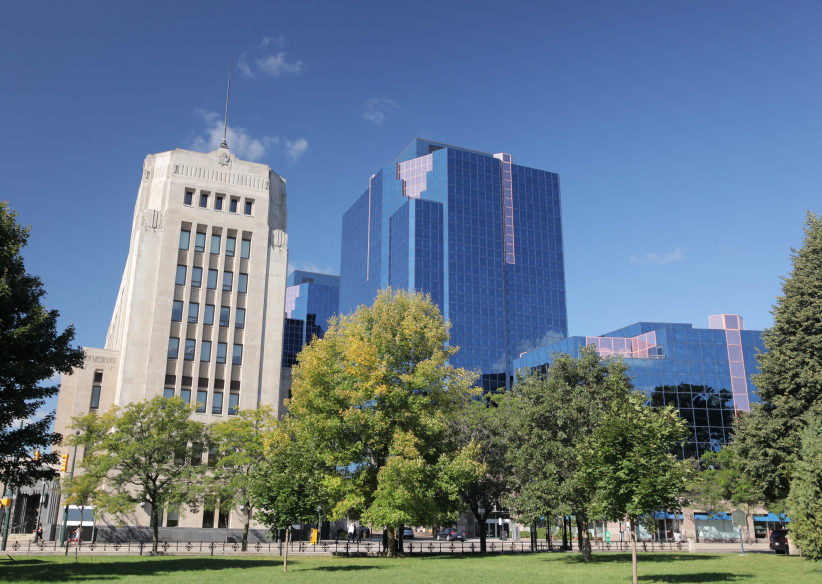Across Canada, the Leadership in Energy and Environmental Design (LEED) certification system is becoming the most widely accepted standard for high efficiency and environmentally responsible design. In 2015, the Canada Green Building Council (CaGBC) saw a steady increase in Leadership in Energy and Environmental Design (LEED) certifications, a result of green building’s growing impact as one of the most effective solutions to climate change.
A total of 527 LEED projects certified between January 1 and December 31, bringing the grand total of certified projects in Canada to 2,576—a total of 34,054,312 million square meters of certified space. Among the most notable stats for the year was the growth of certifications at LEED’s most rigorous levels, Gold and Platinum, which increased over 2014 by 6.2 and 28.6 per cent, respectively. Canada also saw its first LEED v4 certified project in October, and ended the year with a total of 13 projects registered under the newest version of the rating system.
Totals by LEED certification level for 2015 were:
97 LEED Certified
187 LEED Silver
207 LEED Gold
36 LEED Platinum
“In many ways 2015 was a watershed year for green building, in Canada and on a global scale, culminating in the COP 21 ‘Buildings Day’ in December,” says Thomas Mueller, president and CEO of the Canada Green Building Council.
“As the voice of the green building industry in Canada, we are now focusing on the federal government to leverage green building as an actionable solution to reaching Canada’s climate change commitments. The upward trend of Gold and Platinum level certifications is a positive sign that the industry is capable and ready to achieve more ambitious performance targets in new and existing buildings.
“However, we must engage more building owners to take action through energy benchmarking and verified performance improvements.”
The top provinces for LEED certification across Canada in 2015 were:
Ontario – 198
Quebec – 121
British Columbia – 83
Alberta – 75
Manitoba – 19
Nova Scotia – 17
While the primary objective of the LEED building standard is to improve energy efficiency, the standard also credits buildings for water efficiency, including indoor water use and wastewater reuse, as well as water-efficient landscaping and irrigation (the aim is to limit or eliminate potable water use for irrigation). Water use reduction rates are totalled for the building-including all toilets, urinals, lavatory faucets, showers and kitchen faucets. In some cases, water demands in LEED buildings are offset by rainwater capture, greywater, and on-site wastewater treatment systems.










Your community can request environmentally friendly products be used in conjunction with public construction tenders for projects near your community waterways. Help usher in an era of environmentally friendly hydraulic oils for use in construction machines, and hydroelectric facilities operating near precious waterways.
Available at http://www.ottawaoils.ca (a family owned and operated oil business in the National Capital Region).
Convert your machines to “GreenMachines” today, reduce CO2 by using fill for life bio hydraulic oils.
Manufacturer approved for CAT,John Deer, Parker, Palfinger,Liebherr, Bosch Volvo,Terex, and many more. Call today to details: 613-324-0848
Your community can request environmentally friendly products be used in conjunction with public construction tenders for projects near your community waterways. Help usher in an era of environmentally friendly hydraulic oils for use in construction machines, and hydroelectric facilities operating near precious waterways.
Available at http://www.ottawaoils.ca (a family owned and operated oil business in the National Capital Region).
Convert your machines to “GreenMachines” today, reduce CO2 by using fill for life bio hydraulic oils.
Manufacturer approved for CAT,John Deer, Parker, Palfinger,Liebherr, Bosch Volvo,Terex, and many more. Call today to details: 613-324-0848